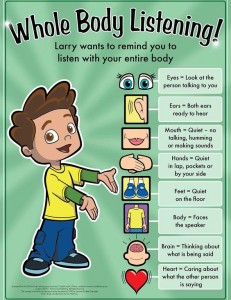The human brain is arguably the most complex, sophisticated creation on Earth. In class, we are learning about our brains, and also learning how to “manage” them. When we know more about our brains, we can learn better, manage ourselves better, and be calm and controlled in any situation! (well, that is the goal…)
First, what does our brain look like, and how does it work?
This first video is best for primary aged children: (warning: the beginning and end are a bit silly!)
This video is made for intermediate aged children:
Warning: This next video contains graphic images of a real human brain taken from an autopsy. The purpose of this video is to show how fragile the human brain is. We have had many conversations about how important it is to protect your head and brain with a helmet. This video shows why.
Click here to link to this video
Our brains filter out information. We take in an enormous amount of sensory information through our eyes, ears, nose mouth and skin, but our brains choose what to pay attention to. This next video shows an example of this:
So…now we know what a brain looks like, and a little bit about how it works. We have learned that the brain controls your body, but what many people don’t know is that your body can also control your brain. This next series of videos shows different techniques that we can use to calm ourselves and use our brains to their best capacity.
This video explains Daniel Siegel’s hand model of the brain. (for adults and older children)
Explaining the Brain to Children and Adolescents from GU Center for Child & Human Dev on Vimeo.
This video takes the ideas of Dr. Siegel and makes it easy for kids to understand.
In class, we have practiced deep breathing, and also talked about other ways to calm your animal brain. Some ways we talked about are: colouring, going for a walk, knitting, playing an instrument, and many others. Remember, before we can think or talk about an upsetting situation, we need to be using our upstairs brain.
This last video shows beautifully how deep breathing calms us.
